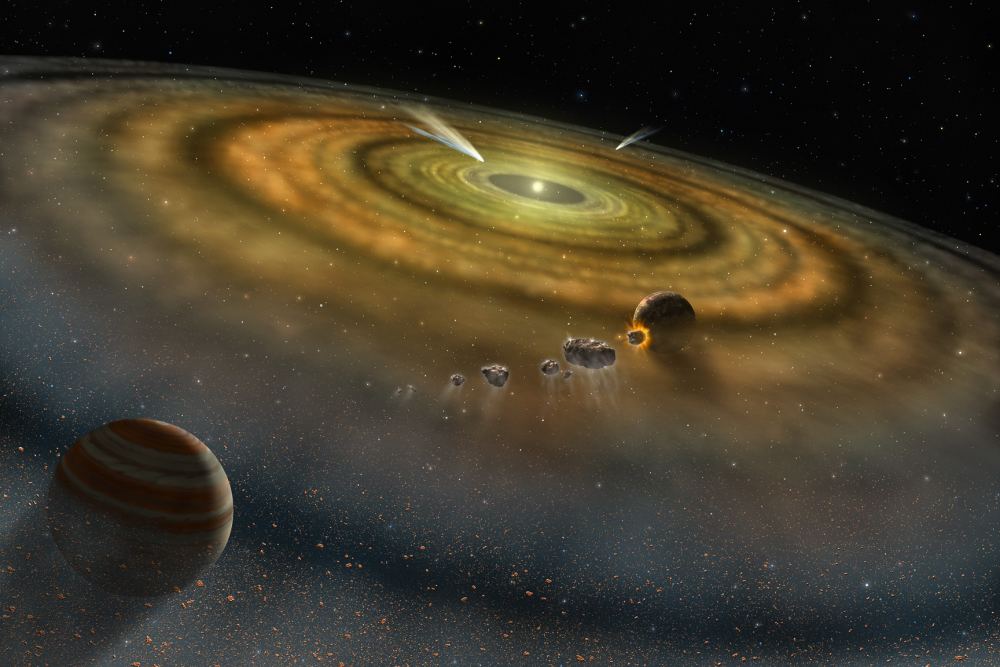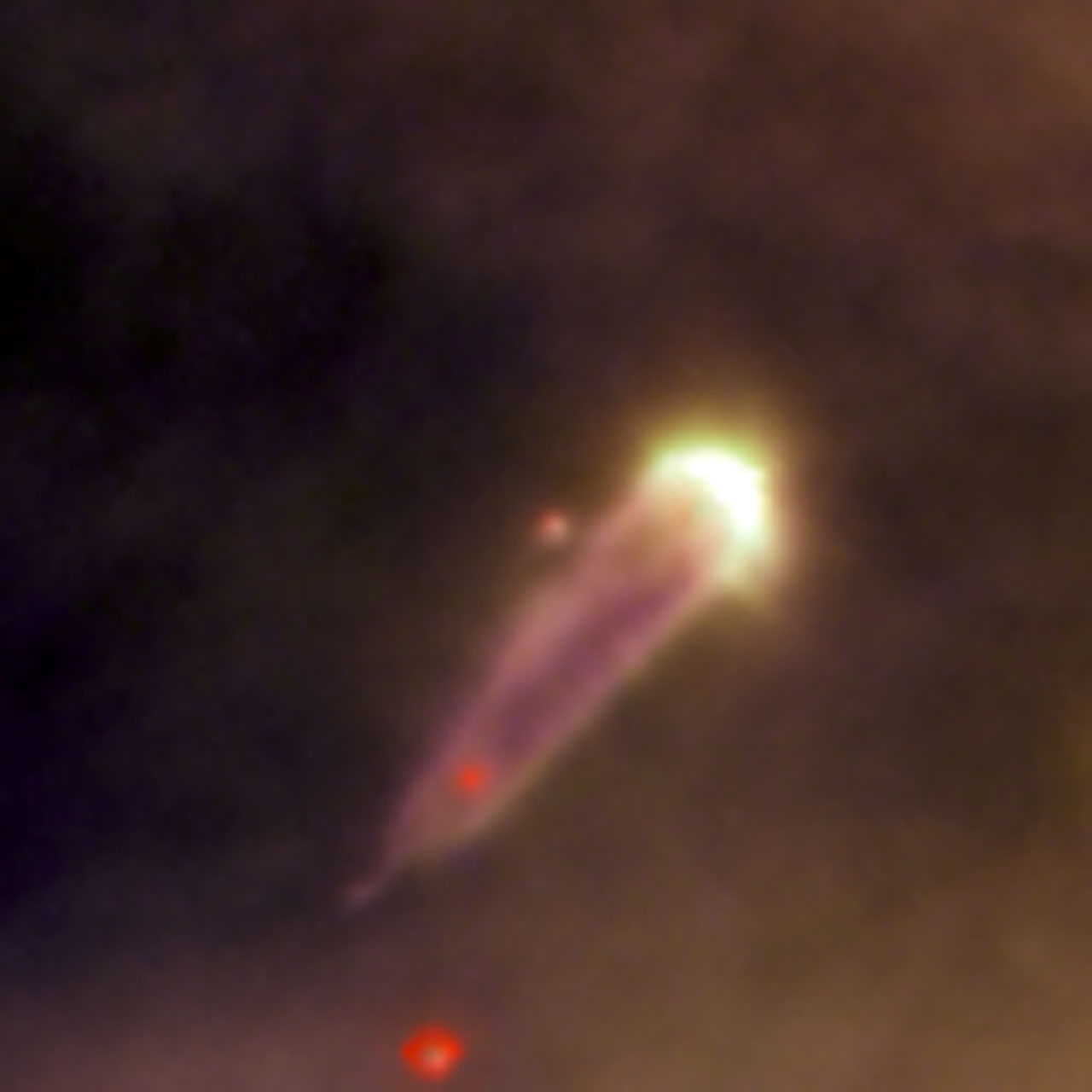[/caption]
When it comes to solar systems, chances are good that we’re a lot more special than we thought. According to a German-British team led by Professor Pavel Kroupa of the University of Bonn, our orderly neighborhood of varied planet sizes quietly orbiting in a nearly circular path isn’t a standard affair. Their new models show that habitable planets might just get ejected in a violent scenario where forming solar systems mean highly inclined orbits where hot Jupiters rule.
Some 4600 million years ago, our local planetary system was surmised to have evolved from a blanket of dust surrounding a rather ordinary star. Its planets orbited the same direction as the solar spin and lined up neatly on a plane fairly close to the solar equator. We were good little children… But maybe other systems aren’t so hospitable. There could be systems where the planets cruise around in the opposite direction of their host star’s spin – and have highly inclined orbits. What could cause one protoplanetary disk to take on quiet properties while another is more radical? Try a cosmic crash.
This new study focuses on the theory of a protoplanetary disk colliding with another cloud of material… not unrealistic thinking since most stars form within a cluster. The results could mean the inclusion of up to thirty times the mass of Jupiter. This added “weight” of extra gas and dust could add a tilt to a forming system. Team member Dr Ingo Thies, also of the University of Bonn, has carried out computer simulations to test the new idea. What he has found is that adding extra material can not only incline a forming disk, but cause a reverse spin as well. It may even speed up the planetary formation, leaving the rogues in retrograde orbits. This inhospitable scenario means that smaller planets get ejected systematically, leaving only hot Jupiters to hug in close to the parent star. Thankfully our path was a bit less disturbing.
Says Dr Thies: “Like most stars, the Sun formed in a cluster, so probably did encounter another cloud of gas and dust soon after it formed. Fortunately for us, this was a gentle collision, so the effect on the disk that eventually became the planets was relatively benign. If things had been different, an unstable planetary system may have formed around the Sun, the Earth might have been ejected from the Solar System and none of us would be here to talk about it.”
Professor Kroupa sees the model as a big step forward. “We may be on the cusp of solving the mystery of why some planetary systems are tilted so much and lack places where life could thrive. The model helps to explain why our Solar System looks the way it does, with the Earth in a stable orbit and larger planets further out. Our work should help other scientists refine their search for life elsewhere in the Universe.”
Original News Source: Royal Astronomical Society News.


